Kanyadaan is a revered and integral part of traditional Indian weddings, carrying deep-rooted significance in Hindu culture. This ceremony, which translates to “giving away the daughter,” symbolizes the transfer of responsibility from the bride’s parents to the groom and his family. Far from being a mere ritual, Kanyadaan embodies profound emotional, cultural, and spiritual dimensions, reflecting the essence of familial bonds and societal values.
Historical Roots of Kanyadaan in Indian Culture
Kanyadaan’s origins lie deep within the ancient scriptures and practices of Hinduism, firmly rooting in the Vedic era. Various religious texts, including the Dharmasutras and the Grhyasutras, mention this ritual, describing it as a sacred duty of the parents. Traditionally, people consider it a meritorious act that brings spiritual benefits and blessings to the family. Historically, Kanyadaan served not only as a symbolic gesture but also as a significant social transaction, reflecting the societal norms and gender roles of those times.
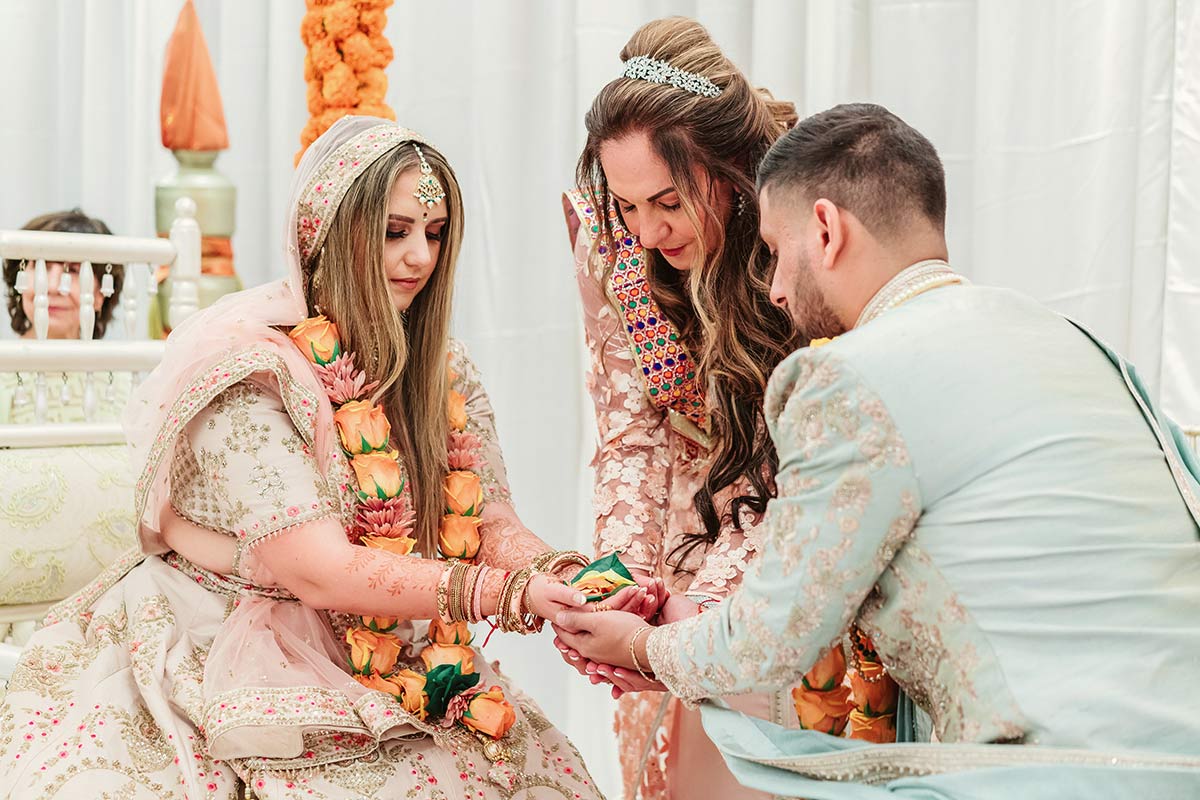
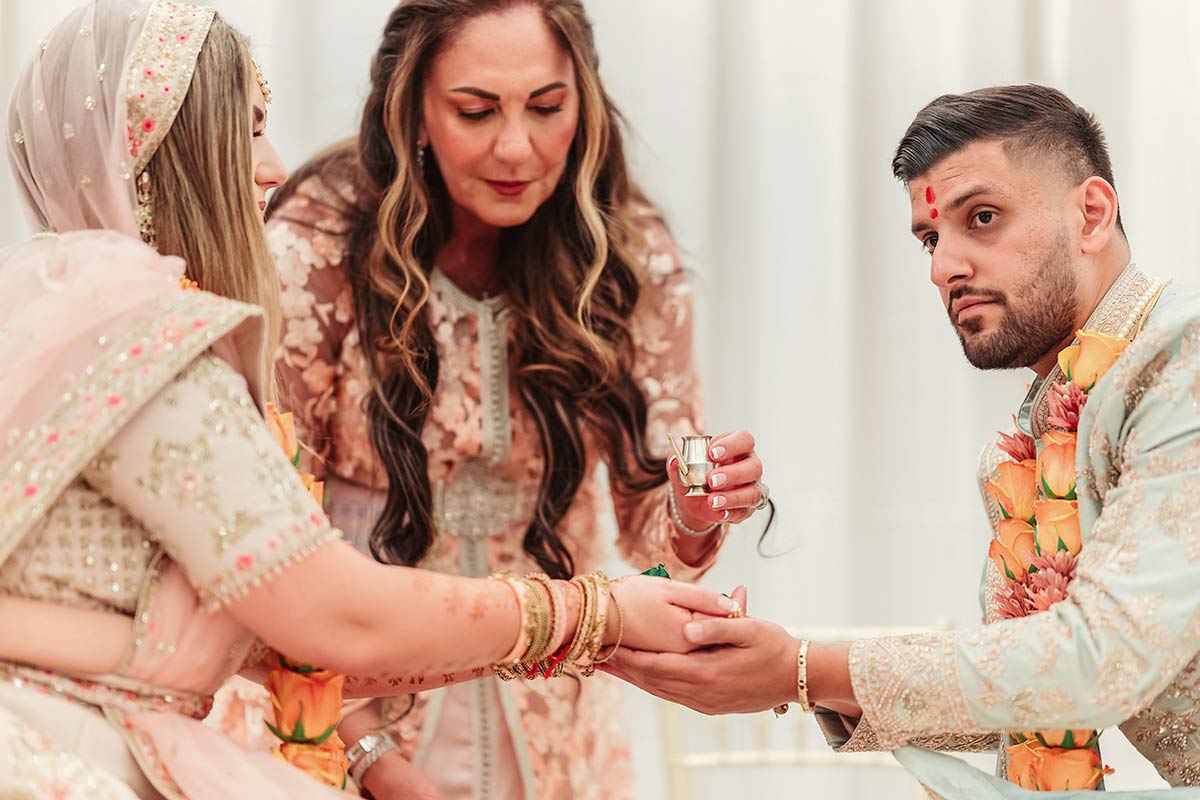
Over the centuries, Kanyadaan has evolved, incorporating local customs and traditions, making it a diverse practice across different regions of India. While the core elements remain consistent, regional variations offer a glimpse into the rich tapestry of Indian culture. Understanding the historical context of Kanyadaan helps to appreciate its continued relevance and the respect it commands in contemporary society.
Kanyadaan Rituals: Step-by-Step Breakdown
The Kanyadaan ceremony involves a series of steps, each imbued with symbolic meaning:
- Welcoming the Groom: The bride’s family welcomes the groom at the wedding venue.
- Veneration of Ancestors: The couple offers prayers to ancestors, seeking their blessings.
- The Kanyadaan Vow: The bride’s father or a guardian vows to offer his daughter in marriage.
- Washing of the Groom’s Feet: The bride’s family performs this gesture to symbolize respect and acceptance.
- Giving Away the Bride: The bride’s father places her hand in the groom’s, signifying the transfer of responsibility.
- Tying the Knot: The groom ties his scarf to the bride’s attire, representing their union.
- Offering of the Mangalsutra: The groom places a sacred necklace around the bride’s neck, symbolizing her marital status.
- Seven Steps (Saptapadi): The couple takes seven steps together, each representing a marital vow.
- Blessings and Prayers: Elders and guests bless the couple for a happy married life.
- Culmination: The couple concludes the ceremony by seeking blessings from the gods and family.
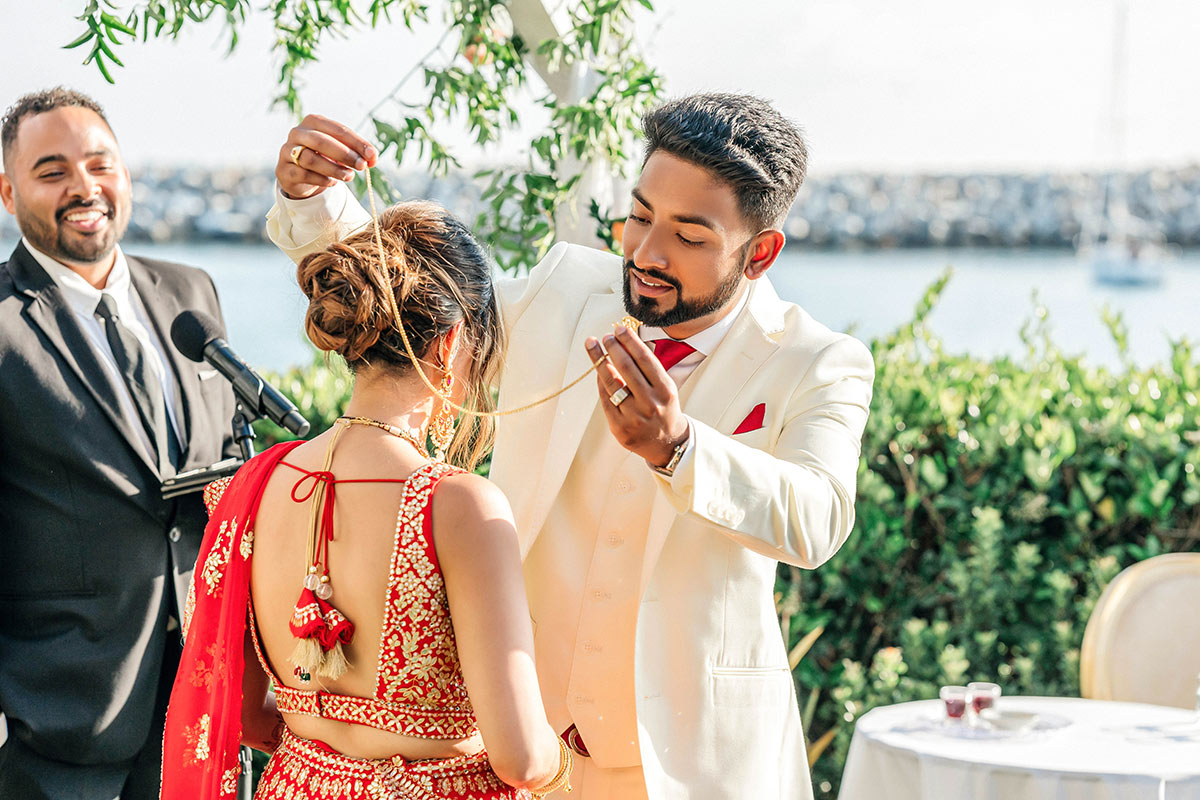
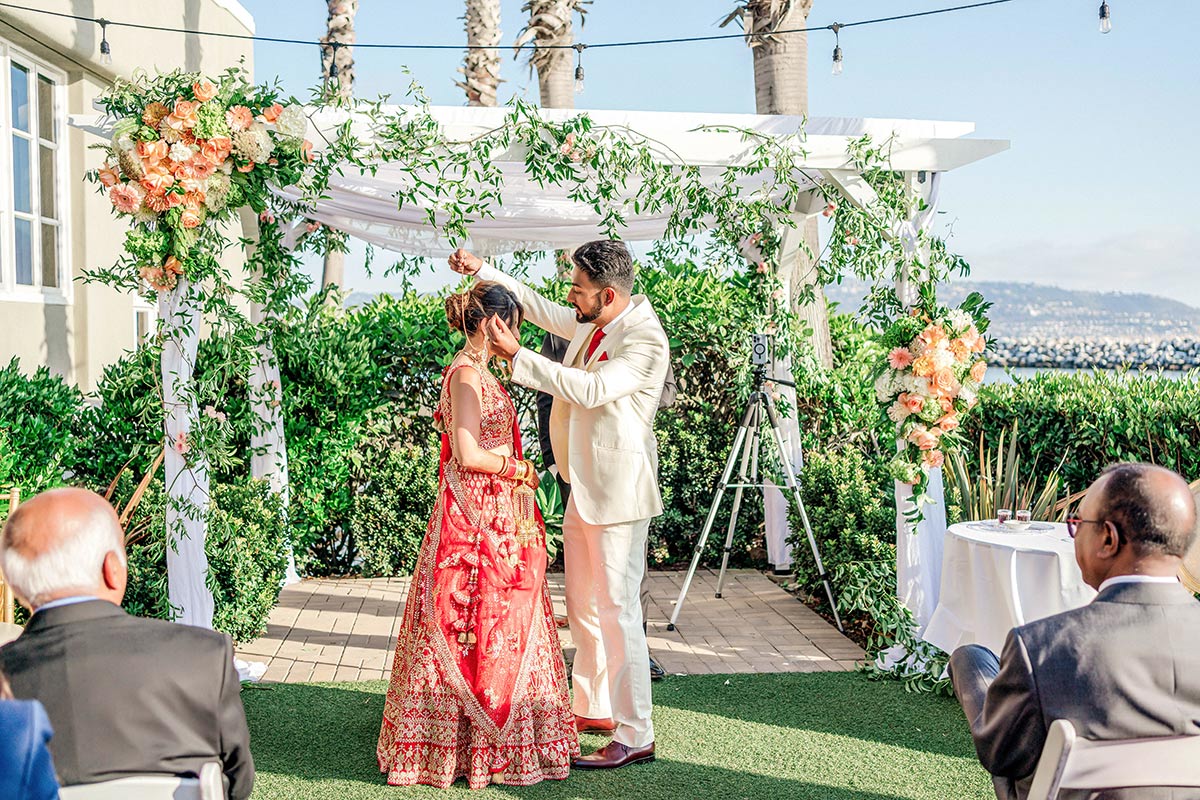
The Spiritual Aspects of Kanyadaan
The spiritual aspects of Kanyadaan hold profound significance in the context of Indian weddings. This ritual transcends the physical act of giving away the bride, delving deep into the realms of spiritual and emotional dedication. In Hindu philosophy, Kanyadaan represents a sacred act, an offering made by the parents to the divine, embodied in the form of the groom. This gesture symbolizes the ultimate act of renunciation and detachment, adhering to the spiritual teachings that emphasize selflessness and the relinquishment of ego. For the parents, Kanyadaan becomes a moment of spiritual fulfillment, where they not only unite two souls but also offer their most cherished possession in the pursuit of spiritual merit and divine blessings.
Furthermore, the spiritual aspects of Kanyadaan reflect in the various rituals and prayers accompanying the ceremony. The mantras chanted during the ritual hold deep spiritual meanings, invoking blessings for the couple’s future and seeking divine grace for their new journey. These prayers often encompass wishes for prosperity, health, and happiness, extending beyond the materialistic world into a more profound spiritual dimension. By participating in Kanyadaan, both the bride’s and the groom’s families engage in a spiritual exchange, reaffirming their faith and commitment to the guiding principles of their culture and religion. This deep spiritual connection elevates Kanyadaan from a mere ritualistic practice to an essential element of the matrimonial bond.
The Deep Symbolism in Kanyadaan Ceremonies
The Kanyadaan ceremony is laden with symbolism, each aspect representing deeper philosophical and spiritual meanings. At its heart, Kanyadaan signifies the letting go of attachment, a fundamental tenet in Hindu philosophy. It is an act of selflessness and sacrifice, embodying the parents’ unconditional love and blessings for their daughter’s new journey.
The washing of the groom’s feet, for instance, is not just a sign of respect but also symbolizes the purification of the bond between the families. The act of placing the bride’s hand in the groom’s is rich in symbolism, representing the fusion of two souls and the start of their journey together in harmony and mutual respect. The tying of the knot and the exchange of the Mangalsutra are symbolic of the unbreakable bond and the sanctity of the marital relationship.
Furthermore, the Saptapadi or seven steps the couple takes together encapsulate the core principles of a successful marriage – love, trust, respect, understanding, loyalty, dedication, and companionship. Each step is a commitment to uphold these values throughout their life together.
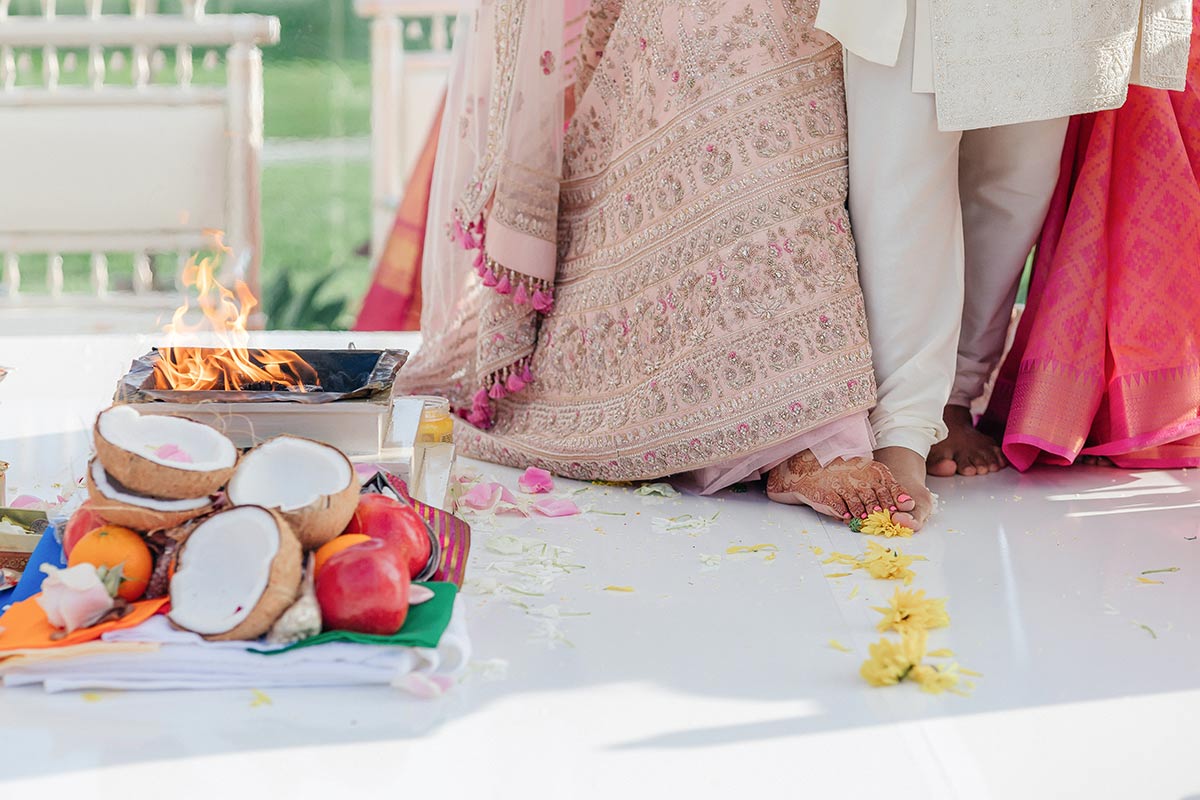
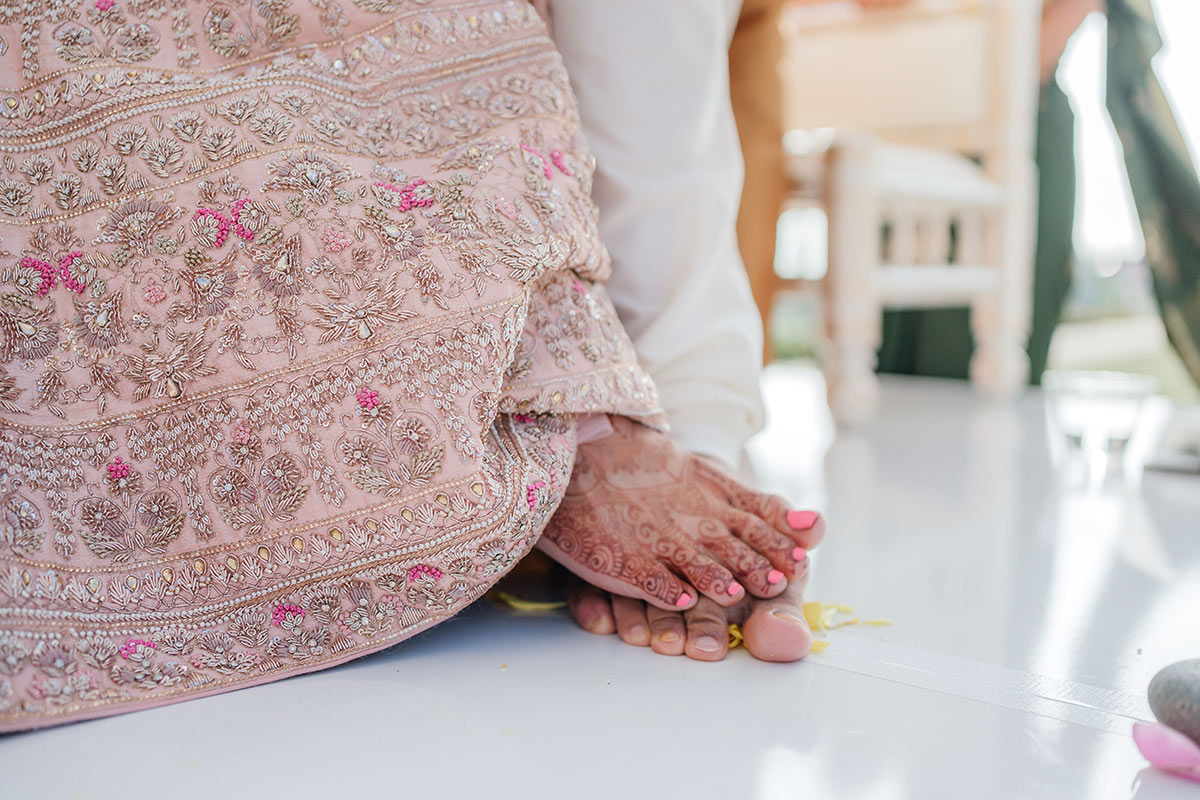
Gender Perspectives on Kanyadaan Practices
Kanyadaan, while deeply entrenched in Indian matrimonial traditions, has sparked varied reactions and interpretations from a gender perspective. Traditionally viewed as a patriarchal practice, it emphasizes the role of the father as the giver and the daughter as the one being given away. This ritual has often been critiqued for perpetuating gender stereotypes and reinforcing the notion of women as ‘property’ to be transferred from one male guardian to another. However, in many families, it is seen as a loving and respectful gesture, symbolizing the blessings and good wishes of the bride’s family to the newlyweds.
In contemporary times, there has been a growing awareness and reevaluation of such rituals from a feminist viewpoint. Some modern adaptations have included both parents participating in the ceremony, symbolizing a more egalitarian approach. Moreover, there has been a rise in alternative practices where the focus is on celebrating the union of two individuals rather than the ‘giving away’ of the bride. These changes reflect an evolving society that seeks to balance tradition with progressive values, acknowledging the need for rituals to adapt to changing gender dynamics and perspectives.

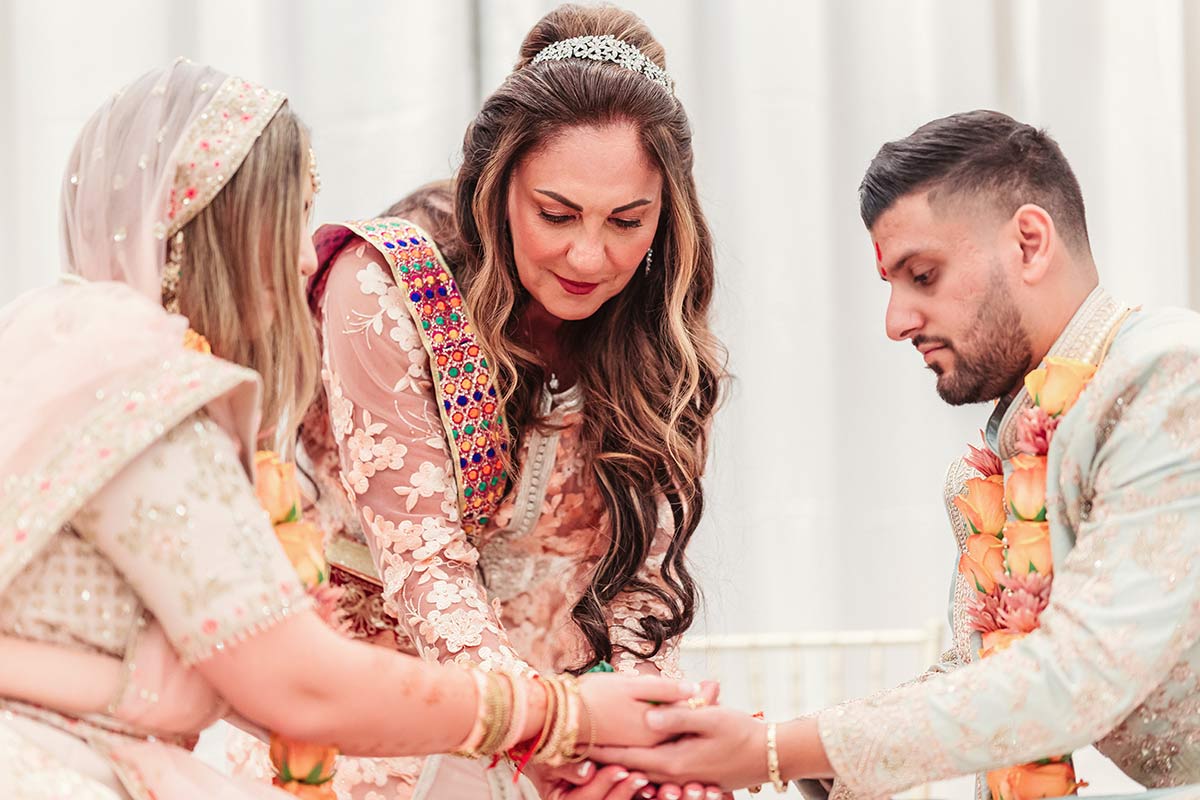
Kanyadaan in Different Indian Communities
Kanyadaan, as a practice, varies significantly across different Indian communities, each adding its unique cultural flavor and significance. In Hindu weddings, it is a central element, whereas in other communities like Muslims, Christians, Sikhs, and others in India, similar concepts may exist but with different rituals and names. Among Hindus, the specifics of the Kanyadaan ceremony can differ greatly between regions and castes. For example, in South Indian weddings, the ritual might involve specific regional customs like the tying of the ‘thaali’ or mangalsutra, while in North Indian weddings, it might include rituals like ‘pheras’ or circling the sacred fire.
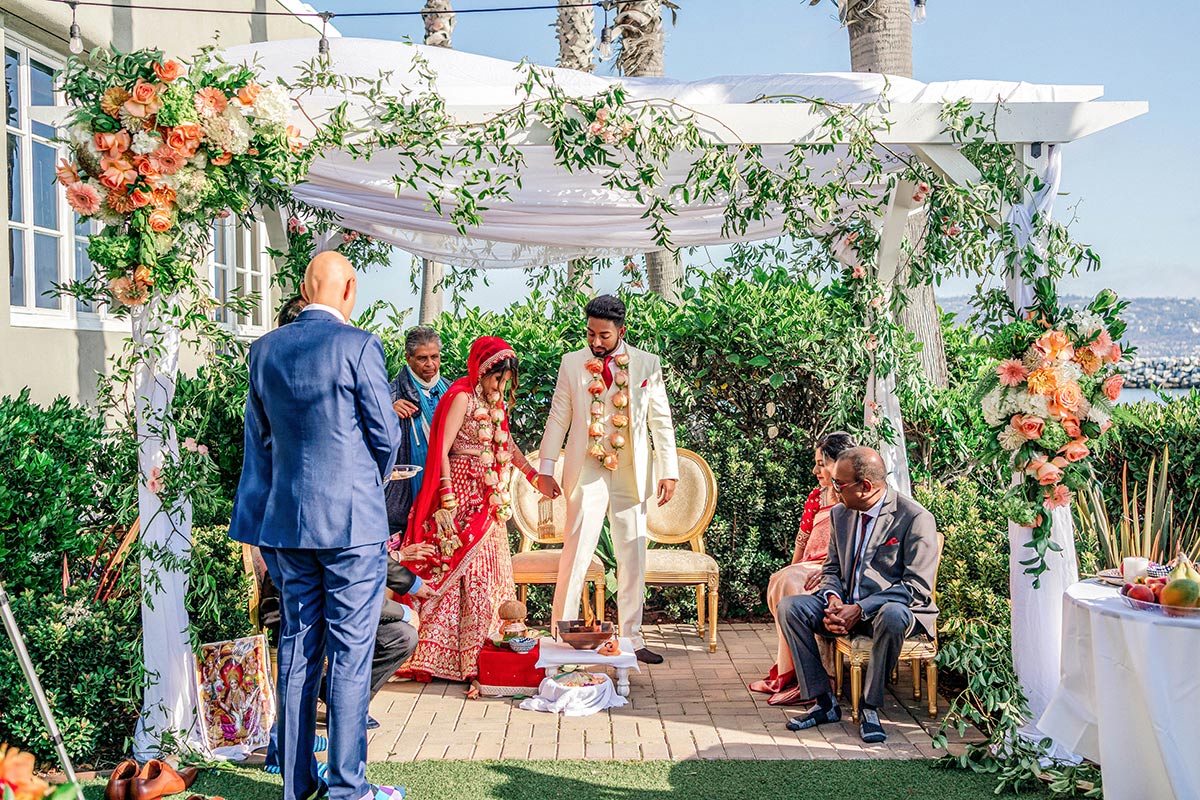
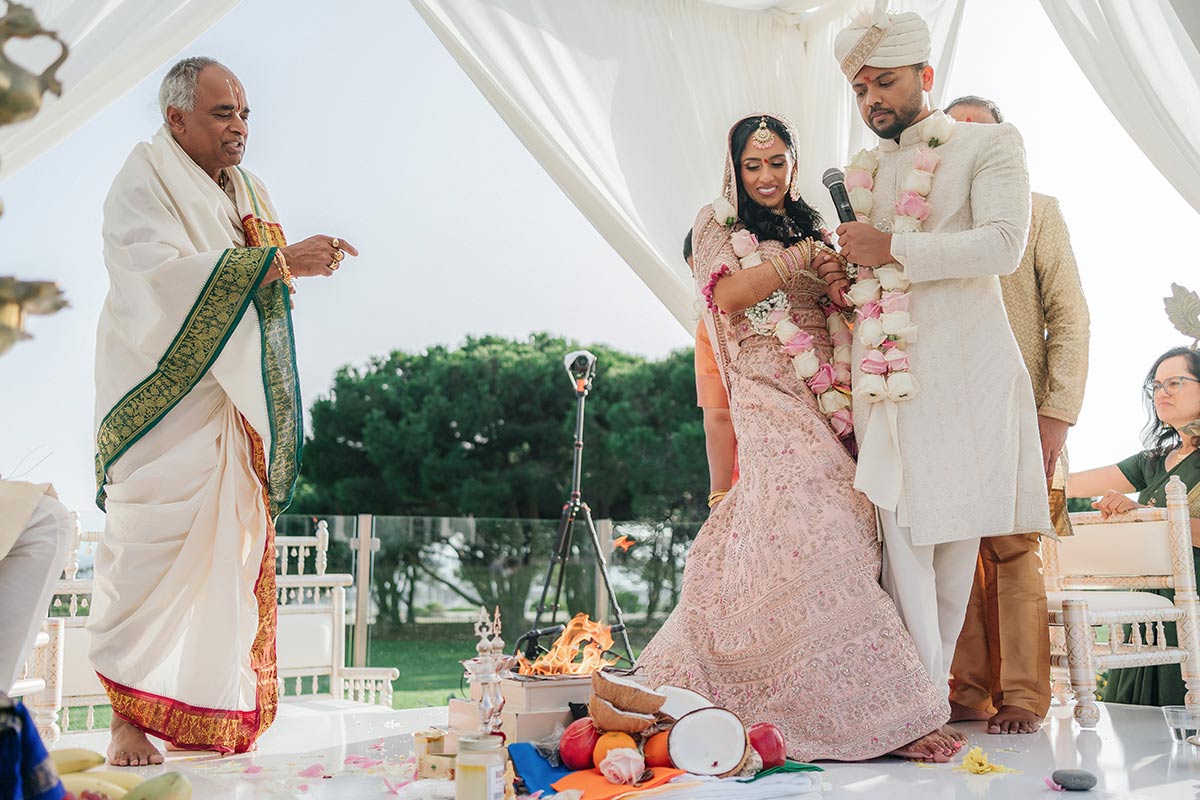
These variations extend beyond regional differences, as local customs, family traditions, and even the socio-economic backgrounds of the families can also influence them. However, despite these differences, the ritual’s underlying essence – to bless the couple and wish them a happy married life – consistently remains the same. Such diversity in practice underscores the rich cultural tapestry of India, showcasing how people interpret and celebrate traditional rituals in myriad ways, thereby adding to the vibrancy and depth of Indian weddings.
Kanyadaan’s Influence on Indian Literature and Art
The concept of Kanyadaan has been a significant theme in Indian literature and art, reflecting the ritual’s deep emotional and cultural resonance. In classical literature, it has been depicted in epics like the Ramayana and Mahabharata, where the ceremony is portrayed with great reverence and detail. These epic tales have had a profound influence on the cultural consciousness of India, shaping perceptions and attitudes towards marriage and familial duties.
In modern literature, poets and writers have often explored the emotional complexities surrounding Kanyadaan. It has been a subject of introspection, sometimes celebrated for its symbolic value, and at other times critiqued for its patriarchal undertones. In the realm of art, Kanyadaan has been a popular motif in paintings, sculptures, and even in the performing arts. Classical dance forms like Bharatanatyam and Kathak have often depicted scenes from traditional weddings, including the Kanyadaan, capturing the ritual’s aesthetic and emotional beauty.
The portrayal of Kanyadaan in cinema and television has also been influential in shaping public perception. Films and TV shows often depict this ceremony in a grand, emotional manner, highlighting its significance in Indian society. Through these various forms of literature and art, Kanyadaan has been immortalized, reflecting the ritual’s enduring impact on the Indian psyche and culture.
Preparing for a Kanyadaan Ceremony: Tips and Advice
Preparing for a Kanyadaan ceremony requires one to understand its significance and ensure performers conduct the ritual with respect and authenticity. It’s essential for families, especially those not fully acquainted with the ritual, to learn about its various aspects and the symbolism behind them. Consulting with elders or a knowledgeable priest can provide valuable insights and guidance. Cultural sensitivity is key, as Kanyadaan can vary across regions and communities. For instance, the items used in the ceremony, such as the mangalsutra or the sacred fire, may differ, and understanding these nuances is important.
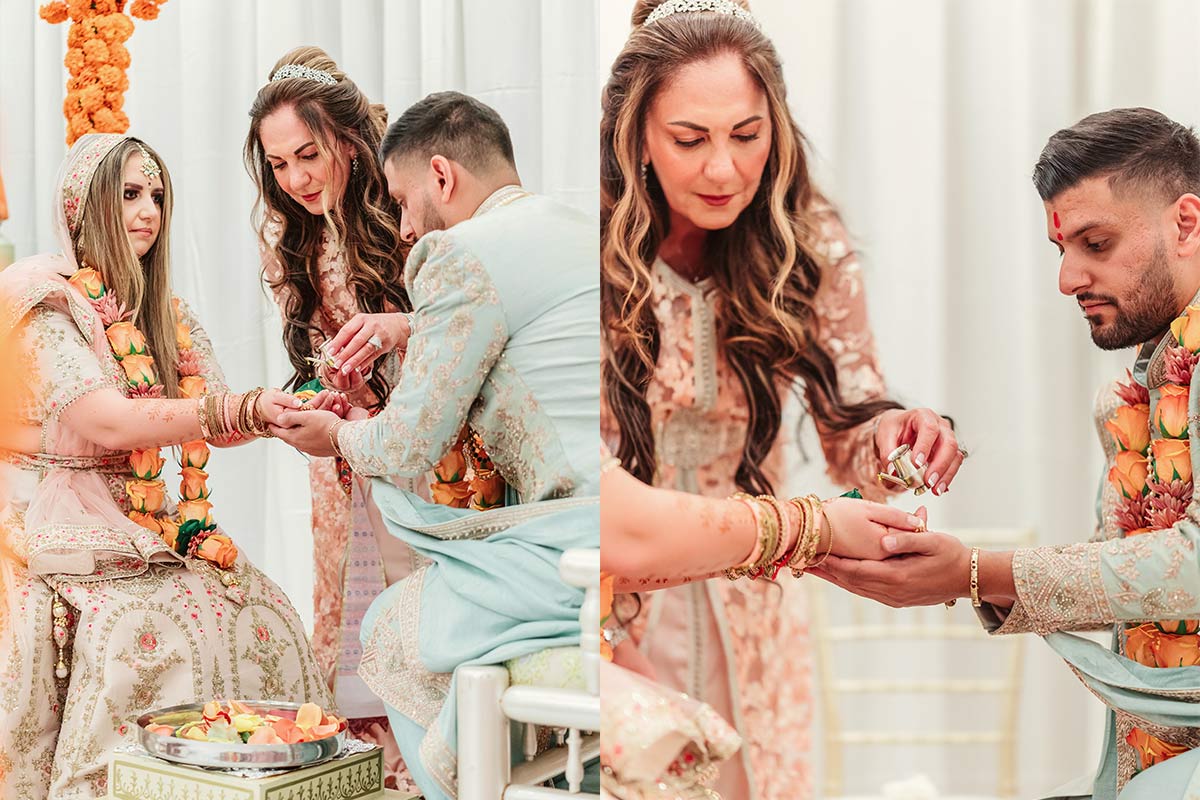
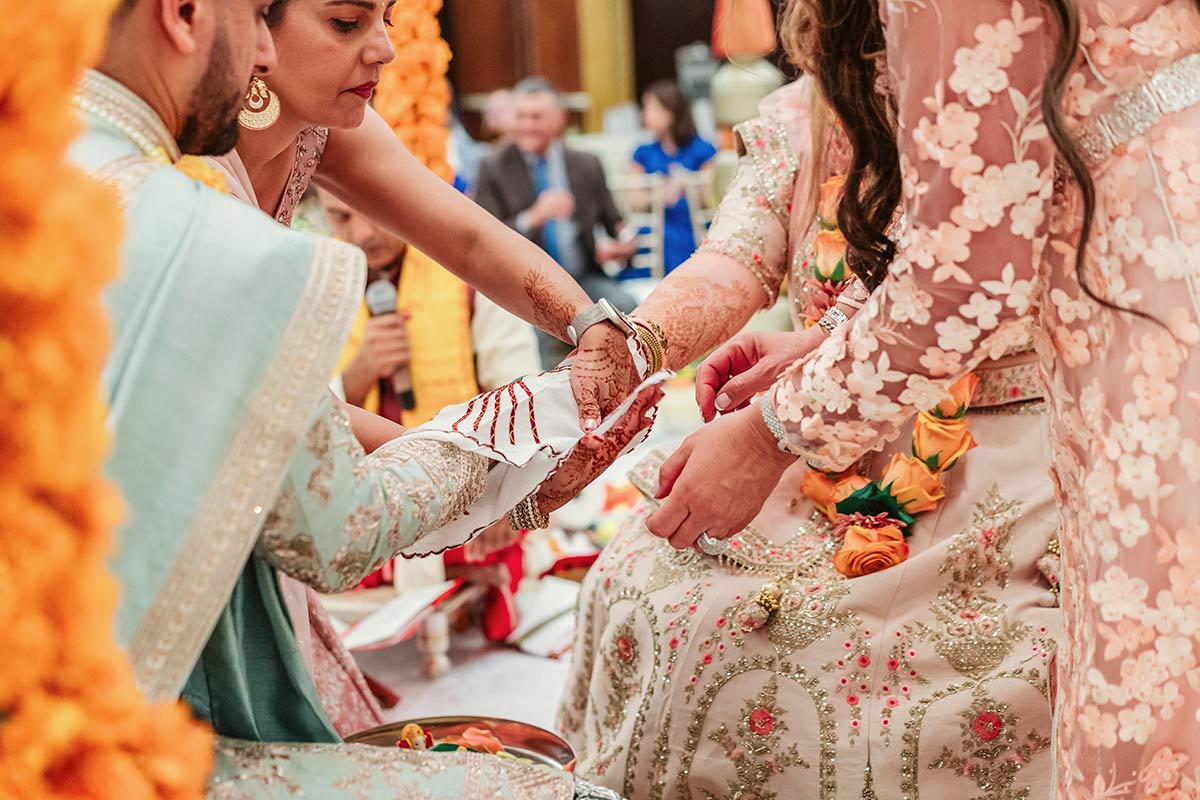
In addition to the traditional aspects, it’s important to consider the preferences and comfort of the bride and groom. As attitudes towards rituals like Kanyadaan are changing, some couples may prefer a more modern or egalitarian approach. Open communication between the families and the couple can help in creating a ceremony that respects tradition while aligning with contemporary values. Preparing for Kanyadaan also involves logistical aspects such as choosing the right venue, deciding on the ceremony’s sequence, and ensuring that all necessary items and arrangements are in place. Attention to detail will help in creating a memorable and meaningful experience for everyone involved.
The Future of Kanyadaan in Indian Weddings
The future of Kanyadaan in Indian weddings appears to involve evolving perspectives and adaptations. As society progresses, people’s attitudes towards gender equality and individual choice are also evolving, transforming traditional practices like Kanyadaan. A growing trend sees people reinterpret traditional rituals to make them more inclusive and relevant to modern sensibilities. For example, some families choose ceremonies where both parents participate equally in the ritual, symbolizing a departure from the patriarchal framework.
Additionally, increased global exposure and cross-cultural influences are leading to a fusion of traditions. People are blending Kanyadaan with rituals from other cultures, creating unique and diverse wedding experiences. The future of the ritual will likely strike a balance between preserving its cultural and emotional essence and adapting to the changing social landscape. This flexibility and openness to change make traditional practices enduring and significant, even in contemporary times.

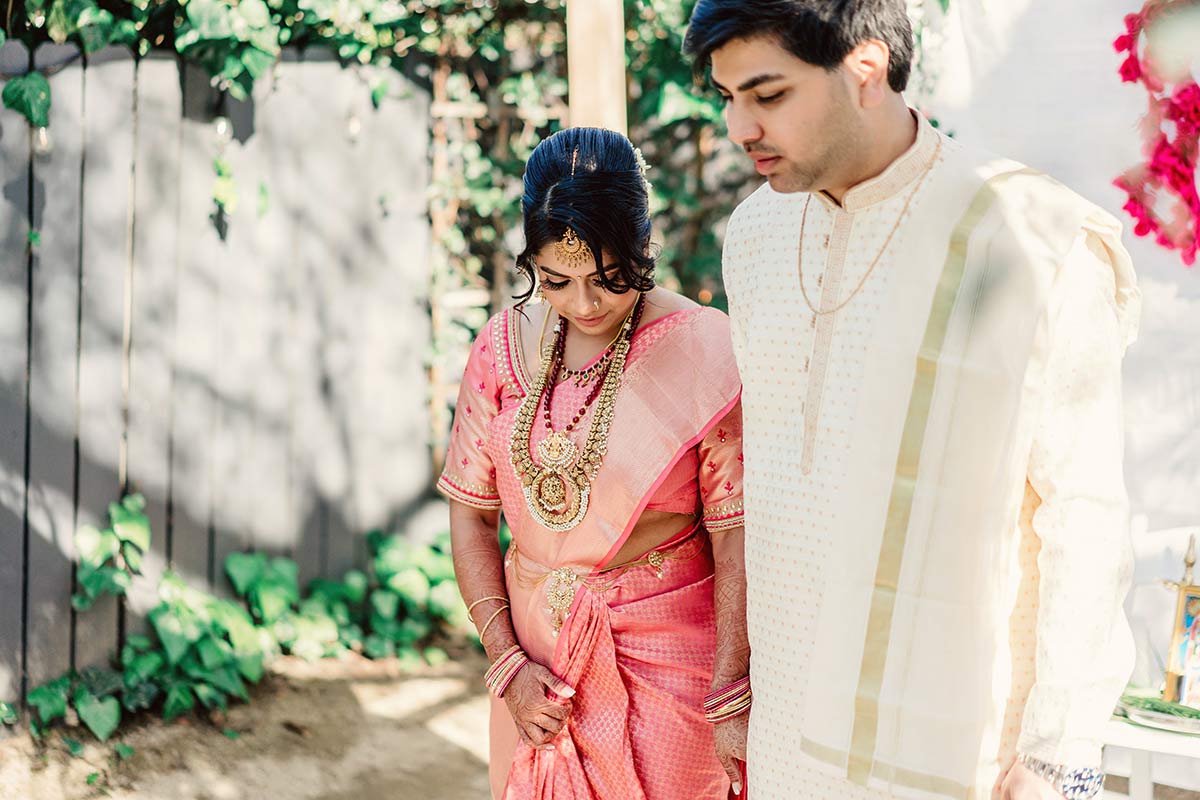
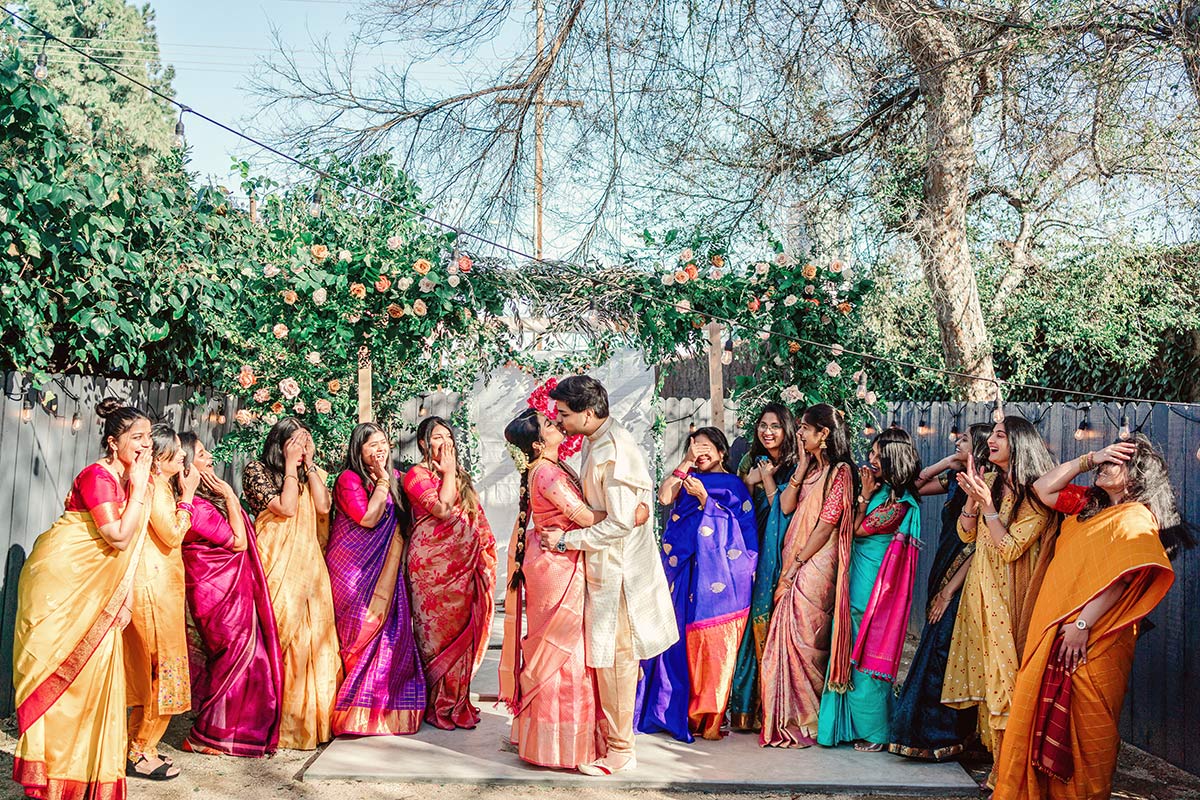
In conclusion, Kanyadaan, with its deep roots in Indian culture, continues to be an integral part of weddings, symbolizing not just the giving away of the bride but also the joining of two families and the blessings for a new beginning. As we move forward, it’s important to embrace the ritual’s essence while allowing for changes that reflect current values and beliefs. In doing so, Kanyadaan will remain a cherished and meaningful tradition, celebrating love, commitment, and the rich heritage of Indian weddings. If you’re interested in exploring more about Indian weddings, be sure to check out our article on the Haldi ceremony.
